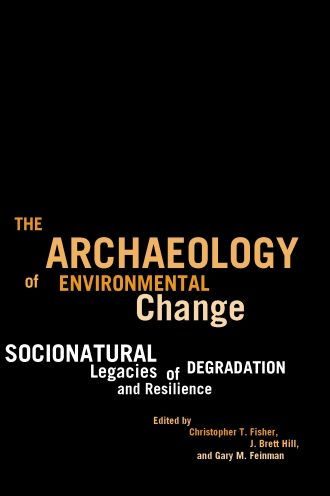5
1
9780816526765



The Archaeology of Environmental Change: Socionatural Legacies of Degradation and Resilience available in Hardcover, Paperback

The Archaeology of Environmental Change: Socionatural Legacies of Degradation and Resilience
- ISBN-10:
- 0816526761
- ISBN-13:
- 9780816526765
- Pub. Date:
- 09/15/2009
- Publisher:
- University of Arizona Press
- ISBN-10:
- 0816526761
- ISBN-13:
- 9780816526765
- Pub. Date:
- 09/15/2009
- Publisher:
- University of Arizona Press

The Archaeology of Environmental Change: Socionatural Legacies of Degradation and Resilience
$65.0
65.0
In Stock

Product Details
| ISBN-13: | 9780816526765 |
|---|---|
| Publisher: | University of Arizona Press |
| Publication date: | 09/15/2009 |
| Edition description: | New Edition |
| Pages: | 320 |
| Product dimensions: | 6.20(w) x 9.00(h) x 1.20(d) |
About the Author
From the B&N Reads Blog
